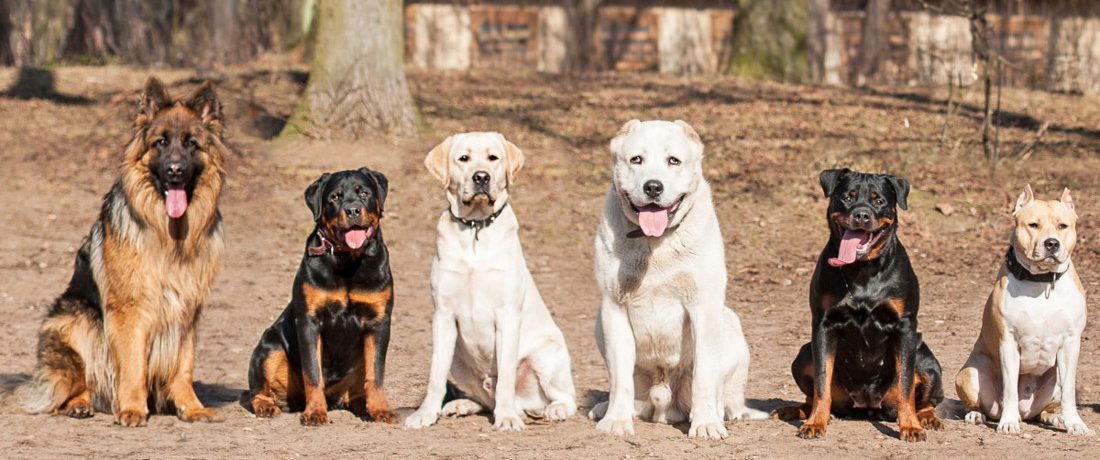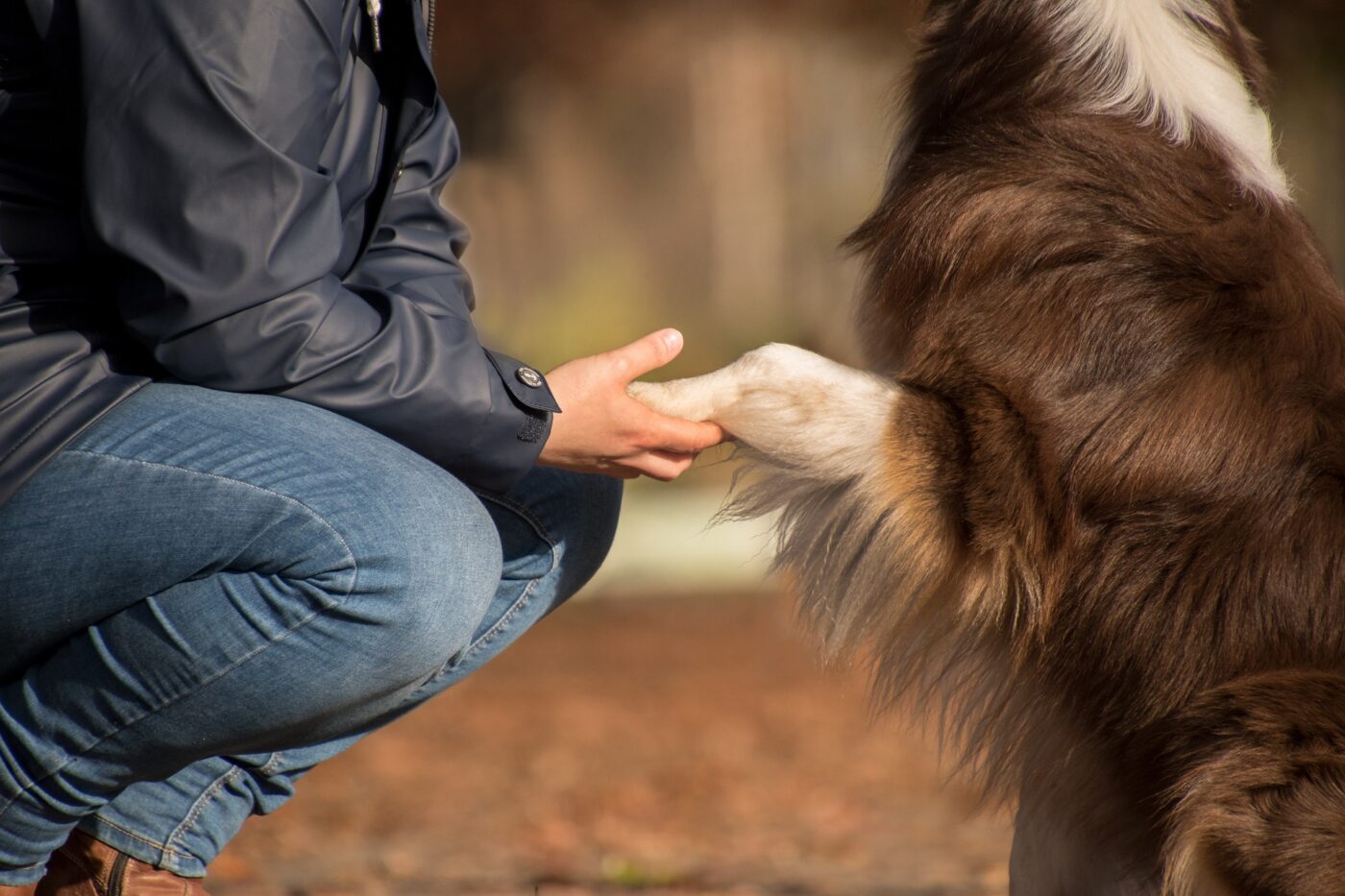Effective Puppy Training to Help Your Pet Grow into a Well-Behaved Adult Dog
Effective Puppy Training to Help Your Pet Grow into a Well-Behaved Adult Dog
Blog Article
Transform Your Pet's Habits With Proven Training Approaches
Changing your canine's behavior needs a nuanced understanding of their private characteristics and requirements, as well as the application of proven training techniques. Consistency in your training approach not just boosts obedience yet additionally cultivates a much deeper bond of trust fund and respect in between you and your pet dog.

Comprehending Canine Actions
Recognizing dog habits is essential for efficient training and interaction between humans and their canine friends. Pet dogs, as social pets, exhibit a series of habits influenced by genes, environment, and experiences. Recognizing these habits helps owners tailor their training approaches to satisfy the certain demands of their canines.
Key facets of canine actions include body movement, articulations, and social interactions. For example, a wagging tail frequently shows excitement, while a decreased head may indicate submission or concern. Understanding these signals can aid owners translate their pet's emotional state and respond suitably. In addition, socializing plays a critical function in forming behavior; dogs that connect positively with various other pets and various individuals are normally much more well-adjusted and versatile.
Moreover, identifying stress signals-- such as avoidance, panting, or pacing actions-- can protect against rise into much more serious issues. Owners that are in harmony with their dog's behavior can develop a caring and secure setting, promoting trust and enhancing the training process. Eventually, a deep understanding of canine actions lays the foundation for a harmonious partnership and reliable training end results, making certain both pet dogs and their proprietors grow with each other.
Favorable Support Strategies
Positive support strategies are commonly acknowledged as one of one of the most efficient techniques for training canines, promoting a favorable understanding environment. This method includes fulfilling preferred habits with treats, appreciation, or play, thus encouraging the pet dog to repeat those behaviors (Dog training). Unlike vindictive techniques, favorable support constructs count on and reinforces the bond between the instructor and the canine
Rewards should be provided quickly complying with the wanted behavior to aid the pet make the link. Uniformity is additionally crucial; making use of the same commands and incentives helps the dog understand what is anticipated.
It is important to keep in mind that favorable support is not regarding bribery; instead, it has to do with reinforcing good habits. With time, as the pet finds out to link particular activities with favorable outcomes, the frequency of benefits can be progressively lowered, transitioning to verbal praise or recurring rewards. This method not only motivates obedience but additionally promotes a positive and pleased pet, making training an extra satisfying experience for both celebrations involved.
Addressing Typical Concerns
Dealing with common concerns during pet dog training is vital for making certain a effective and unified connection in between the pet dog and its owner. Several pet dog owners encounter behavioral challenges, such as extreme barking, leaping, and leash pulling. Recognizing the source of these habits is vital for reliable training.
To mitigate this, give sufficient physical workout, psychological stimulation, and opportunities for social interaction with both people and other dogs. Training the pet to sit upon greeting can reroute this actions positively.
Leash pulling is another prevalent concern, regularly arising from a canine's enthusiasm to discover. Making use of correct leash taking care of methods, combined with training methods that motivate loose-leash strolling, can significantly enhance this actions.
Furthermore, problems like resource guarding or separation stress and anxiety require tailored strategies. Gradual desensitization and counter-conditioning can be effective in addressing these difficulties. By identifying and proactively managing these typical concerns, dog proprietors can promote a much more pleasurable training experience and enhance the bond with their canine friends.
Consistency in Training
Consistency is a foundation of effective dog training, as it develops a clear framework for the canine to understand habits and expectations. When benefits, hints, and commands are used consistently, pets can quicker realize what is required of them. Inconsistent training can lead to confusion, resulting in unwanted behaviors that annoy both the fitness instructor and the dog.
To attain consistency, it is crucial that all participants of the home abide by the same training methods. Using the very same verbal cues and hand signals ensures that the dog obtains consistent messages. Additionally, the timing of corrections and rewards must be regular; prompt reinforcement increases the probability that the dog will connect the actions with the end result.
Moreover, establishing a routine can additionally improve uniformity. Normal session, combined with organized routines for feeding, strolling, and playtime, aid pet dogs expect and comprehend their atmosphere, making them more responsive to training. Inevitably, uniformity fosters a sense of protection and trust fund, empowering pet dogs to discover extra effectively. By committing to an organized strategy, fitness instructors can promote favorable habits changes and cultivate a well-mannered view website friend.
Structure a Strong Bond
Exactly how can cultivating a strong bond between a pet dog and its owner boost the training experience? When a pet really feels secure in its link with its proprietor, it is more likely to exhibit positive behaviors and be receptive to learning.

Furthermore, a well-established link can minimize anxiety and behavior issues, as canines are much less most likely to act out when they feel recognized and taken care see this site of. Consequently, prioritizing the growth of a strong bond not only boosts the training experience yet likewise contributes to a happier and extra well-adjusted pet. Ultimately, the trip of training changes into a joint collaboration, leading to lasting behavioral improvements.
Final Thought

Owners that are attuned to their pet dog's behavior can produce a risk-free and caring setting, promoting trust fund and enhancing the training procedure. Inevitably, a deep understanding of canine actions lays the foundation for an unified relationship and efficient training browse around this web-site end results, making sure both pet dogs and their proprietors grow with each other.
Attending to common issues throughout canine training is essential for ensuring a unified and successful partnership between the pet and its owner (Dog training).Consistency is a keystone of reliable canine training, as it develops a clear framework for the dog to comprehend behaviors and expectations.In final thought, changing a canine's behavior through shown training techniques needs an understanding of canine behavior, the application of positive support techniques, and an emphasis on consistency
Report this page